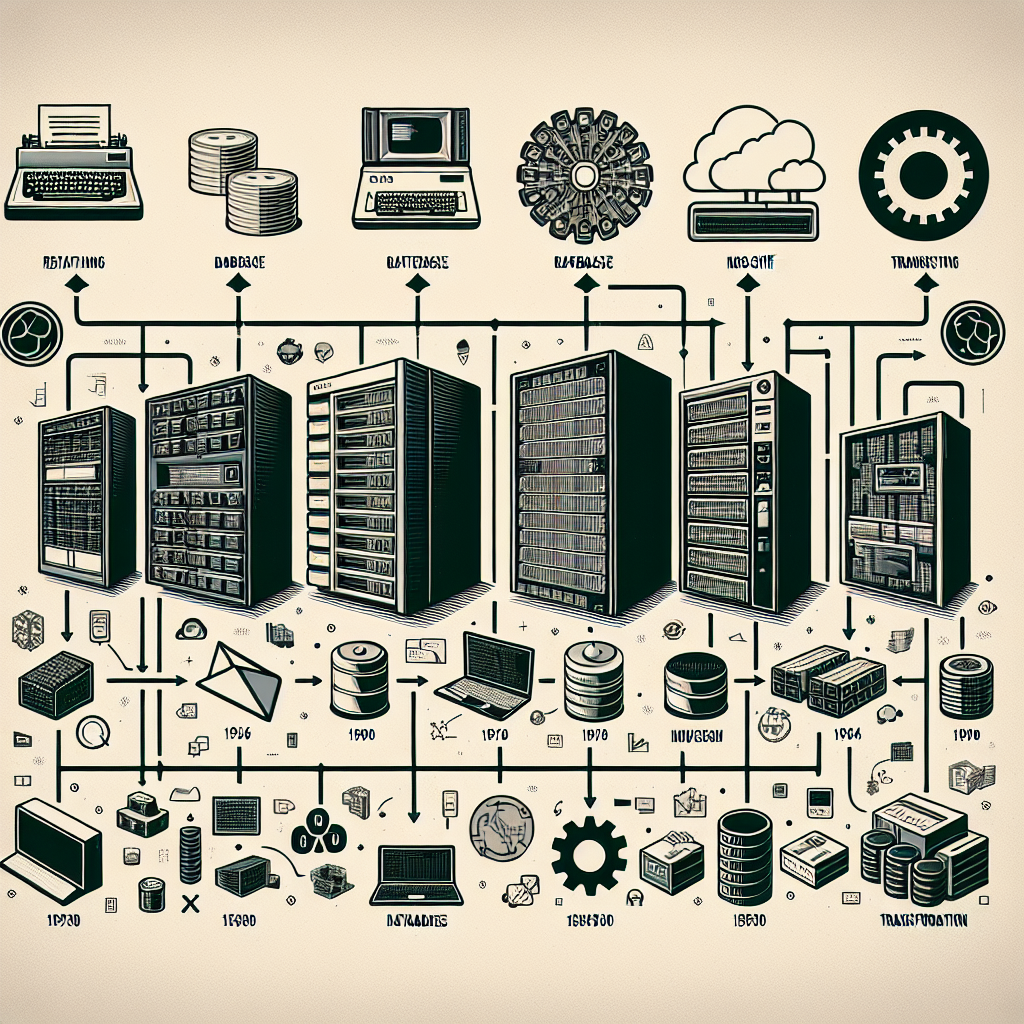Your cart is currently empty!
The Evolution of Data Center Databases: From Relational to NoSQL and Beyond

Data centers have evolved significantly over the past few decades, with advancements in technology and data management leading to the development of various types of databases. One of the most notable changes in data center databases has been the shift from traditional relational databases to NoSQL databases and beyond.
Relational databases have been the dominant form of database management systems for many years. These databases are based on the relational model, which organizes data into tables with rows and columns. Relational databases use Structured Query Language (SQL) to query and manipulate data, making them a popular choice for organizations with structured data and complex relationships between data elements.
However, as the volume and variety of data have grown exponentially in recent years, relational databases have shown limitations in handling the increasing amounts of unstructured and semi-structured data. This has led to the rise of NoSQL databases, which are designed to handle large-scale data processing and storage in a more flexible and scalable manner.
NoSQL databases do not rely on the traditional tabular structure of relational databases. Instead, they use a variety of data models, such as document, key-value, wide-column, or graph, to store and retrieve data. NoSQL databases are highly scalable, allowing organizations to easily add new servers to handle increased data loads and accommodate changing data structures.
Some popular NoSQL databases include MongoDB, Cassandra, and Redis, each offering unique features and capabilities to meet the needs of different types of applications and data requirements. These databases have become increasingly popular in industries such as e-commerce, social media, and IoT, where the volume and velocity of data are high.
Beyond NoSQL databases, the evolution of data center databases continues with the emergence of new technologies such as NewSQL and distributed databases. NewSQL databases aim to combine the scalability of NoSQL databases with the ACID compliance and relational capabilities of traditional databases. These databases are designed to handle high-performance transaction processing and analytics workloads in a distributed environment.
Distributed databases, on the other hand, distribute data across multiple nodes or servers to improve data availability, fault tolerance, and scalability. These databases use techniques such as sharding, replication, and partitioning to ensure data is distributed and managed efficiently across the network.
As organizations continue to generate and collect vast amounts of data, the evolution of data center databases will likely continue with the development of new technologies and approaches to data management. From relational databases to NoSQL and beyond, the future of data center databases promises to be dynamic and innovative, providing organizations with the tools they need to effectively store, manage, and analyze their data.

Leave a Reply